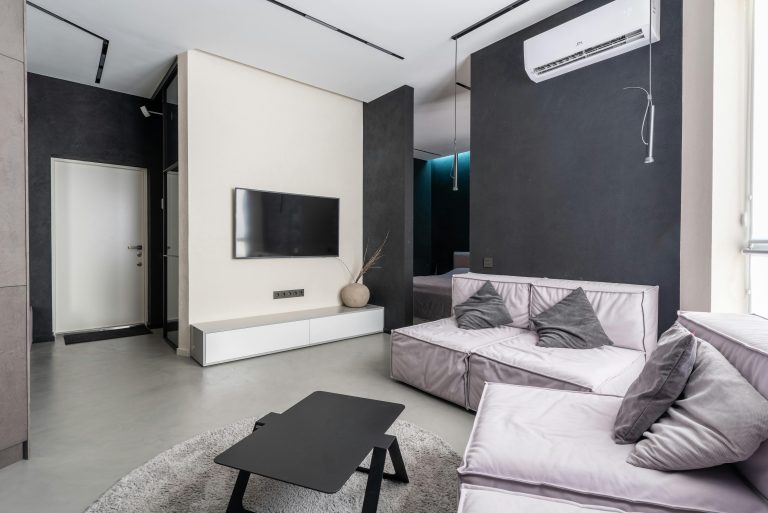The air conditioning that cools your home shares little DNA with systems that maintain skyscrapers. These aren’t just scaled-up versions of the same technology – they represent fundamentally different engineering philosophies shaped by contrasting operational demands.
Built for Different Worlds
Where residential units enjoy some time off during the week, at night and sometimes over weekends, commercial systems face relentless operation. This divide dictates maintenance realities – while homeowners schedule annual tune-ups, facilities managers implement rigorous commercial HVAC maintenance programs with quarterly inspections. The difference stems from runtime: home systems cycle intermittently, while their commercial counterparts often run 16+ hours daily.
Capacity Calculations Tell the Story
Home AC sizing follows simple square-footage rules. Commercial load calculations, however, become complex physics problems that factor in occupancy patterns, equipment heat output, solar gain through glass facades, and even lighting BTU contributions. That modest storefront you pass by daily likely contains cooling capacity that is triple what your entire house uses.
The Component Quality Divide
Residential coils use thin copper tubing that lasts a decade. Commercial versions, on the other hand, employ industrial-grade aluminium or stainless steel, built for 20+ years of constant use. Compare the buzzing reciprocating compressor in your backyard to the massive scroll compressors humming atop shopping centres – they’re as different as scooter and semi-truck engines.
Air Distribution Philosophies Clash
Homes typically use simple duct layouts to move air to 3-5 zones. In contrast, commercial buildings employ sophisticated Variable Air Volume (VAV) systems, which dynamically balance airflow across dozens of spaces. Consider trying to cool a hotel with residential equipment – guests near the unit would freeze, while rooms further away would be very hot.
Electrical Needs Reveal the Gap
Your home AC unit plugs into a 120V outlet, similar to a dryer. Commercial units, on the other hand, require three-phase power and dedicated electrical rooms. This infrastructure supports industrial compressors that draw enough startup current to dim lights across the block – something your residential breaker box would never be able to handle.
Noise Expectations Diverge
Homeowners expect whisper-quiet operations. Commercial spaces prioritise airflow over acoustics – have you ever noticed how department stores sound like wind tunnels? Office buildings strike a balance, hiding noisy components in mechanical rooms while delivering quiet air through ceiling diffusers.
Air Quality Handling Contrasts
Residential filters catch dust and pollen. Commercial systems, on the other hand, integrate hospital-grade filtration, UV sterilisation, and sometimes gas-phase scrubbing for laboratories. Where your home might circulate 1,000 cubic feet per minute (CFM) worth of air, a mid-sized office moves enough air daily to fill multiple Olympic-sized pools.
Smart vs. Smarter Controls
Your Wi-Fi thermostat may seem advanced until you compare it to commercial Building Automation Systems. These networks integrate weather data, occupancy sensors, and equipment health monitoring to optimise hundreds of zones simultaneously. Some can even predict needed maintenance before humans notice any issues.
Installation Realities Differ
Home AC swaps typically take a day with minimal disruption. In contrast, commercial installations often become construction projects that require cranes, roof reinforcements, and sometimes elevator upgrades for heavy components. The permitting process alone highlights the disparity – where homes typically require basic approvals, commercial jobs often necessitate engineering stamps and multiple inspections.
Lifespans Reflect Design Intent
Residential units typically last 12-15 years before replacement. Commercial systems often reach 20 years or more through robust construction and incremental upgrades. This longevity stems from being overbuilt, as residential units are optimised for affordability, while commercial designs emphasise serviceability and rebuildability.
The High Cost of Wrong Choices
Using residential equipment commercially can lead to swift disaster, while installing industrial systems in homes can create operational nightmares. Understanding these differences prevents costly mistakes, whether you’re cooling a studio apartment or a manufacturing plant. The right system needs to match the environment’s unique demands without over- or under-engineering the solution.


